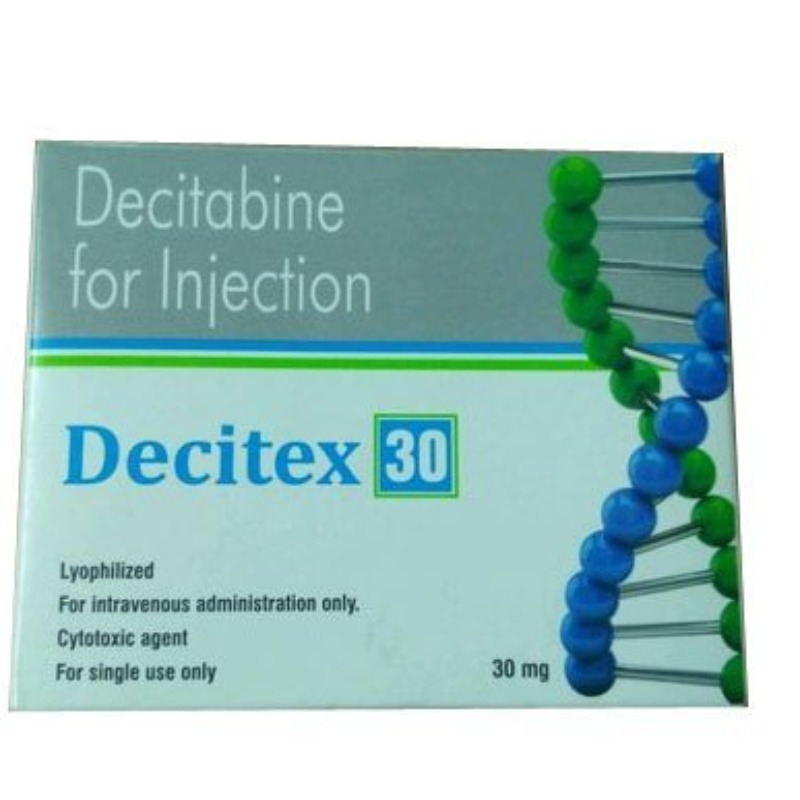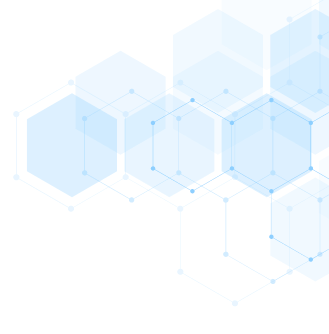DESCRIPTION
MECHANISM OF ACTION
• Deoxycytidine analog.
• Cell cycle–specific with activity in the S-phase.
• Requires activation to the nucleotide metabolite decitabine triphosphate.
• Incorporation of decitabine triphosphate into DNA, results in inhibition of DNA methyltransferases, which then leads to loss of DNA methylation.
• Aberrantly silenced genes, such as tumor suppressor genes, are then reactivated and expressed.
ABSORPTION
Administered only via the IV route.
DISTRIBUTION
Distribution in humans has not been fully characterized. Drug crosses blood–brain barrier. Plasma protein binding of decitabine is negligible.
INDICATIONS
FDA-approved for treatment of patients with myelodysplastic syndromes (MDS), including previously treated and untreated, de novo, and secondary
MDS of all French-American-British subtypes (refractory anemia, refractory anemia with ringed sideroblasts, refractory anemia with excess
blasts, refractory anemia with excess blasts in transformation, and chronic myelomonocytic leukemia), and intermediate-1, intermediate-2, and
high-risk International Prognostic Scoring System groups.
DOSAGE RANGE
• Recommended dose is 15 mg/m2 continuous infusion IV over 3 hours repeated every 8 hours for 3 days. Cycles should be repeated every
• 6 weeks.
• An alternative schedule is 20 mg/m2 IV over 1 hour daily for 5 days given every 28 days.
DRUG INTERACTIONS
None well characterized to date.
SPECIAL CONSIDERATIONS
• Patients should be treated for a minimum of 4 cycles. In some cases, a complete or partial response may take longer than 4 cycles.
• Monitor CBC on a regular basis during therapy. See prescribing information for recommendations regarding dose adjustments.
• Decitabine therapy should not be resumed if serum creatinine ≥2 mg/dL,
• SGPT and/or total bilirubin 2 × ULN, and in the presence of active or uncontrolled infection.
• Use with caution in patients with underlying liver and/or kidney dysfunction.
• Pregnancy category D. Breastfeeding should be avoided.
TOXICITY 1.
Myelosuppression with pancytopenia is dose-limiting.
TOXICITY 2
Fatigue and anorexia.
TOXICITY 3
GI toxicity in the form of nausea/vomiting, constipation, and abdominal pain.
TOXICITY 4
yperbilirubinemia.
TOXICITY 5
Peripher edema
SPECIFICATION


Login To Comment